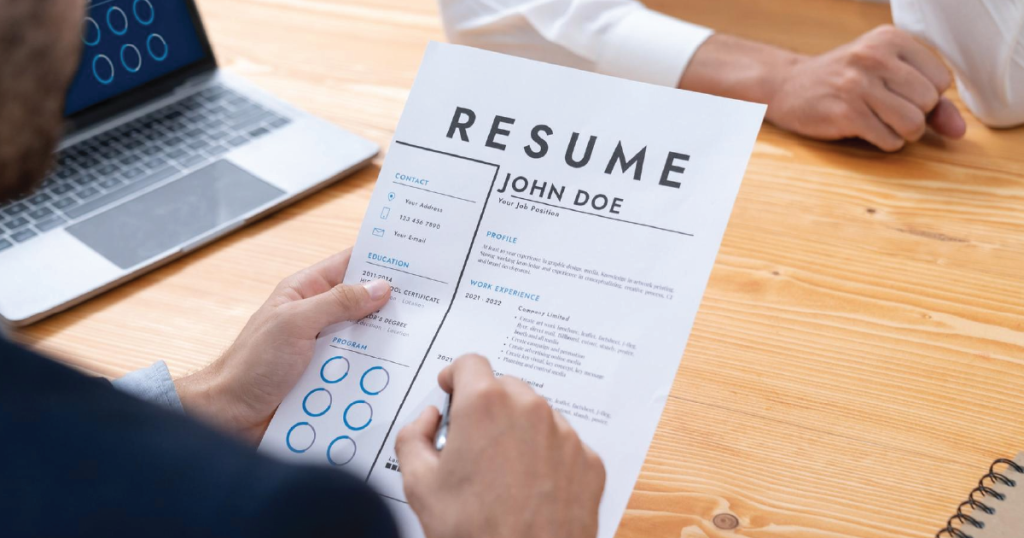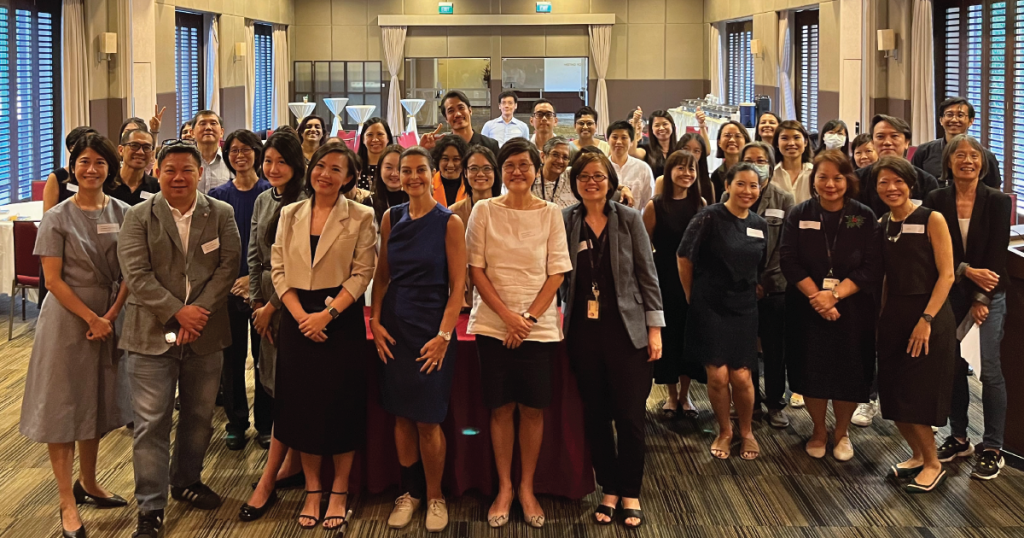
Build A More Inclusive Workplace: How To Turn The COVID-19 Crisis Into An Opportunity For Diversity And Inclusion
Throughout my career, I have dealt with a number of crises, but I have never experienced one with this magnitude. The COVID-19 crisis has elevated the role of human resources professionals, highlighting how business-critical our department is to taking care of the people at the heart of our companies’ operations. – Gordana Landen
This article was authored by Gordana Landen, the CHRO at the Adecco Group. It originally appeared in HR Future.
The pandemic has challenged the way we work. Here is why now is the time to turn the crisis into an opportunity to commit to diversity and inclusion for your company. Throughout my career, I have dealt with a number of crises, but I have never experienced one with this magnitude. The COVID-19 crisis has elevated the role of human resources professionals, highlighting how business-critical our department is to taking care of the people at the heart of our companies’ operations.
Looking back, one can see that human resources teams have been dealing with a situation that seemed impossible just a year ago: empty offices, challenging physical and mental wellbeing conditions, and shifting priorities as thousands of workers were forced to relocate to their home offices practically overnight.
One year ago, we literally had to re-invent the way we work. But, in a sense, it was just an acceleration of an inevitable development toward a more hybrid or flexible form of work. And our surveys suggest that we will never go back to the “old normal.”
But as the world gradually begins the transition to a post-pandemic world, it’s more important than ever to keep an open mind about how and where we work and embrace change as a way to build a more diverse and inclusive environment for all workers.
One Size Does Not Fit
To me, building a more inclusive working environment truly starts with the fact that “one size does not fit all”. When the pandemic first unfolded, many companies were quick to announce that their workforce would become fully remote, at least for the foreseeable future – partly down to government legislation and partly down to their own initiatives.
There’s no doubt that remote working and flexible working models are here to stay. But how those models are implemented can make a big difference in creating a more inclusive culture and ensuring equal access to opportunities.
For example, allowing employees to have greater control over their individual schedules has already helped parents or caretakers better organize their day. Working from home certain days of the week has also cut down on commuting time for some people, giving them a little time back in an often already hectic day.
New World, New Opportunities
As we shift into this new world of working, more flexibility in how companies offer career experiences will allow for more diverse talent to contribute to their organization and strategic priorities. Allowing workers a more flexible schedule and more independence to pick the days they come into the office are just two examples of how hybrid working opportunities can attract a wider variety of talent. There are many other things we can do.
This year has uncovered the opportunity for companies to offer more flexible working contracts and positions such as job sharing, where two people are hired on a reduced-time basis for a job normally fulfilled by one person working full-time; or portfolio careers, where people can explore varied types of work. Giving workers the opportunity to have more diverse career paths within their roles will only attract a more diverse pool of candidates, too.
An internal open job market will also lead to better diversity and inclusion, as well as greater employee retention and cross-functional collaboration. It’s key to increase transparency on job opportunities, especially senior positions, to allow diverse talent internally and externally to get equal access to them.
Offering diverse types of career opportunities and experiences also means reviewing the recruitment process from the ground up. The technology used in the recruitment process, as well as the job descriptions, should be accessible and gender-neutral, and the processes companies use should be more anonymous to allow a candidate’s true skills to shine through.
That means taking into account opportunities like accessibility of technologies, panel interviews, world. Listening to colleagues’ input is a crucial starting point for building a more inclusive environment, because it ensures that leaders can take individual perspectives into account before making decisions on the future of work at their company.
We asked colleagues about their wellbeing, resources for continued development and growth, and tools for support. The high scores we achieved show that the increased autonomy and flexibility are appreciated by colleagues, driving new responsibility and providing a way for our colleagues to manage work differently.
We also reinforced the need for individual leaders to increase touch points and communication with their teams to check on their wellbeing and their needs, and make sure they had the opportunity to speak up and identify challenges and solutions together.
After listening to what employees told us in our pulse surveys, we then created our guiding principles for how we look at this new way of working. To come back to my initial remarks — many people said they wanted a healthy balance between office and remote work. They see their new post-pandemic office as a place to meet with colleagues, exchange ideas and have more social interaction with their coworkers. Based on that feedback, we are looking into a possible redesign of our office spaces to better cater to what employees need, helping create an environment and culture that people aspire to return to.
Why It’s Important to Act Now
The pandemic has taught us a number of lessons, but perhaps, most importantly, it’s taught us the value of our people. It’s important to leverage this crisis and turn it into an opportunity to commit to creating a better, more diverse and inclusive world of work. Diversity and inclusion is more than a fashionable phrase for a company to advertise itself with. It’s a burning issue with serious implications – today more than ever.
It’s a work in progress and a collective responsibility, shared by institutions, individuals and companies, and we need to be firm and steadfast in our decisions to be diverse. All of us, as HR leaders, can make a difference in shaping the future of work.










